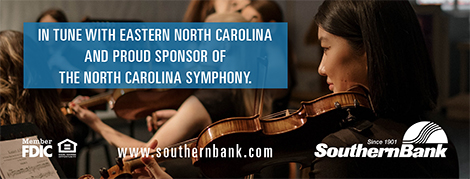Violin Concerto No. 2 in G Minor, Op. 63
Sergei Prokofiev (1891-1953)
THE STORY
In 1934, Prokofiev wrote that “the question of what kind of music should be written at the present time is one that interests many Soviet composers today…. To begin with it must be melodious; moreover[,] the melody must be simple and comprehensible, without being repetitive or trivial…. The same applies to the technique and idiom; it must be clear and simple, but not banal. We must seek a new simplicity.” This new turn in Prokofiev’s style, marked by “new simplicity,” is evident in the Second Violin Concerto, his last commission before the composer returned to his native Russia the following year.
Having left Russia in 1918—in the aftermath of the 1917 Revolution—Prokofiev lived primarily in Paris but made several international tours as a pianist and enjoyed global recognition as a performer and composer. The Soviet Union promised Prokofiev much in their efforts to woo him back to his native land—and indeed, the composer was given a warm welcome when he returned in 1936. But at the height of Stalin’s purges, the composer was not immune to criticism, nor was his repatriation an entirely happy experience. In 1948, Prokofiev’s music, along with that by other colleagues including Shostakovich, was denounced as “decadent” in its modernist language and contrary to the values of the Soviet people. By strange coincidence, Prokofiev and Stalin died the same day: March 5, 1953.
Indicative of Prokofiev’s “new simplicity,” the Violin Concerto juxtaposes clear, transparent textures and beautifully crafted yet simple melodies alongside spiky technical passages and eerie orchestral colors. These qualities in Prokofiev’s music highlight his particular way of bringing together innovation with accessibility, and it is his eclectic style that draws in the listener.
LISTEN FOR
- The sensuous, haunting melody introduced by the violin alone—before the orchestra joins in a different key from the violin: this first theme transforms from a lyrical melody to fit more technical passages later in the first movement, and is reintroduced by the cellos and basses in the recapitulation
- The violin’s soaring, unending melody in the second movement, which seems to shine ever more brilliantly as it climbs higher: while plucked strings accompany the violin in the first statement of the melody, the soloist takes on the role of accompanist when the same melody is presented for the last time in the low woodwinds
- The castanets in the finale—which must have delighted the audience in Madrid, where the concerto premiered
INSTRUMENTATION
Solo violin; two flutes, two oboes, two clarinets, two bassoons, two horns, two trumpets, percussion, strings

